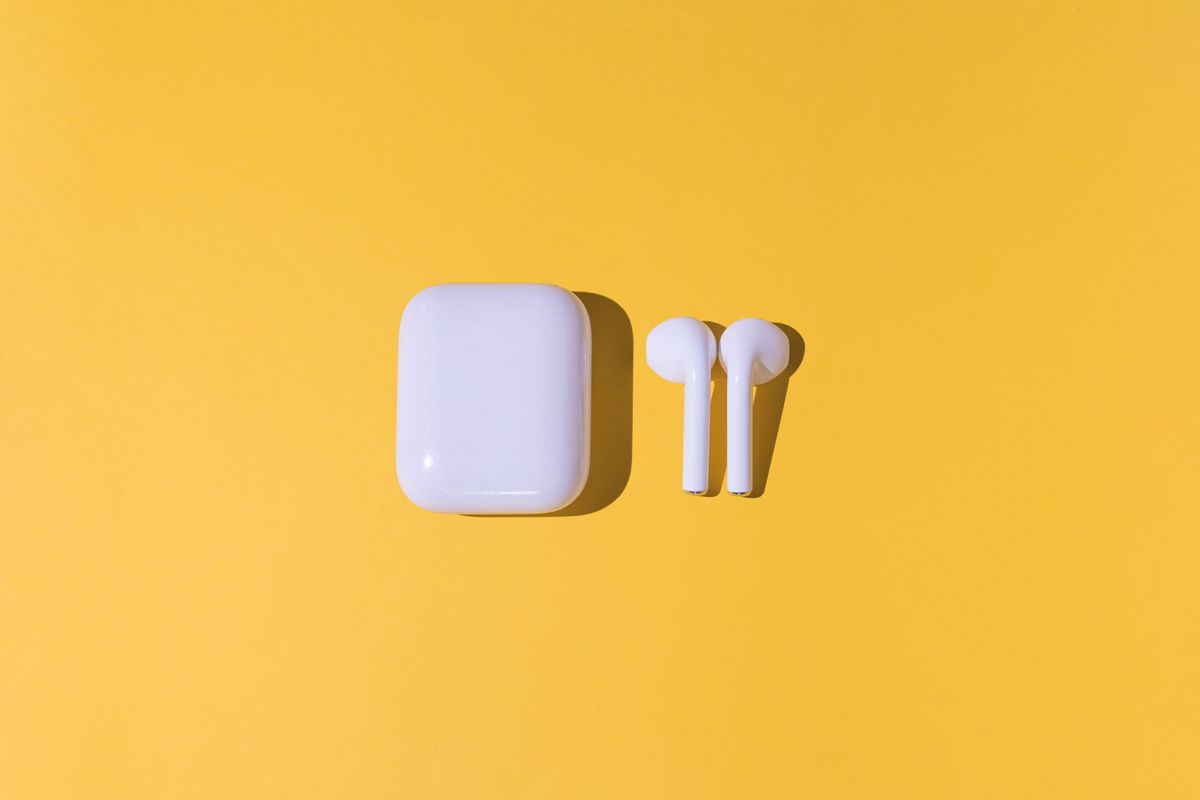For years, rumors have spread that the radiation from Bluetooth-operated, wireless earbuds such as AirPods can "fry" or "cook" our brains — in other words, that they can cause brain cancer:
This is because the idea of radiation is often associated with heat and cancer, as is the case for sunlight.
These claims have appeared on various social media platforms including Reddit, Facebook (here too) and Instagram. Some of these posts appeared on the pages of serious-sounding groups, such as the Environmental Health Trust. Others reshared compelling videos:
Rumors that wireless devices can "cook" or "fry" one's brain burgeoned in 2015, when a group of more than 200 researchers signed an appeal to protect humans against "non-ionizing electromagnetic fields" (EMF). Their open letter mentioned, without citing, "numerous recent scientific publications" that allegedly suggested EMF might cause cancer and other harmful effects on cognition and the reproductive system, as well as in animals and plants. They called for authorities to create better guidelines and enforce stricter standards. As we reported in 2019, that open letter never mentions AirPods specifically, for a simple reason: In 2015, they did not exist.
The research has yet to find proof they're cancer-causing, or even a correlation between Bluetooth earbuds and poor health, as of the time of this writing.
What Is EMF Radiation?
EMF radiation has two sources: some of it is man-made, but it also occurs naturally. There are two types: non-ionizing radiation and ionizing radiation. Research has shown that the latter type — which is high-frequency and high-energy — can cause cellular damage as well as cancer, which is what we fear when we hear the word "radiation." This category includes ultraviolets (which come from sunlight), X-rays and therapeutic radiation, such as what medicine uses to treat certain types of cancers. "Ionizing" means that this kind of radiation can remove negatively-charged electrons from atoms, a process that turns atoms into positively-charged — and therefore reactive — "cations."
Below the visible spectrum, we find non-ionizing radiation, low-frequency waves. Non-ionizing radiation has low frequency waves and low energy. This group includes radiation emitted by microwaves, mobile phones and Wi-Fi, but also television and radio. This is also where Bluetooth radiation falls, around 2.4 gigahertz — somewhere between mobile phones and microwaves. The National Cancer Institute published a helpful chart:
What one study found, however, is that Bluetooth headphones and earphones emit far less radiation than mobile phones — one-tenth to one-four hundredth as much, the study said.
What the Research Shows
While ethical concerns make it difficult to experiment with the effects of non-ionizing EMF on human health, researchers across the world have done large-cohort observational studies, which has allowed a scientific consensus to emerge. This research focused on cellular phones, which we will use as a benchmark for the effects of Bluetooth given that the phones emit more radiation in the same frequency range than wireless earbuds and headphones.
Between 2001 and 2006, Danish scientists looked at the incidence of cancer in a cohort of 420,095 people who'd begun to use mobile phones between 1982 and 1995. They found that the number of cancers in that cohort was not higher than in other groups and concluded, with a very high level of certainty, that the devices did not cause cancer.
In 2021, scientists across 14 countries recruited 899 children and young adults between the ages of 10 and 24 who had developed brain cancer, and 1,910 children and young adults in the same age bracket to act as controls. "Overall," they wrote, "our study provides no evidence of a causal association between wireless phone use and brain tumours in young people."
More recently in 2022, a "Million Women Study" in the United Kingdom focused specifically on brain cancer among women. The team of scientists recruited 776,156 women between 1996 and 2001 and checked in again with them in 2011 to see how many had developed brain cancer. There, too, they found cellphone use did not increase the incidence of brain cancer.
Meanwhile in 2020, the Institute of Electrical and Electronics Engineers' publication IEEE Access published a study that concluded that EMF were harmful to human health. In the years since, the IEEE retracted the study. "The article should not be used for research or citation because of errors found in the analysis reported in this article, resulting in inaccurate results and conclusions," the retraction note read.
We have reported on the danger of radiation for other devices before, including microwaves and CFL lightbulbs.


